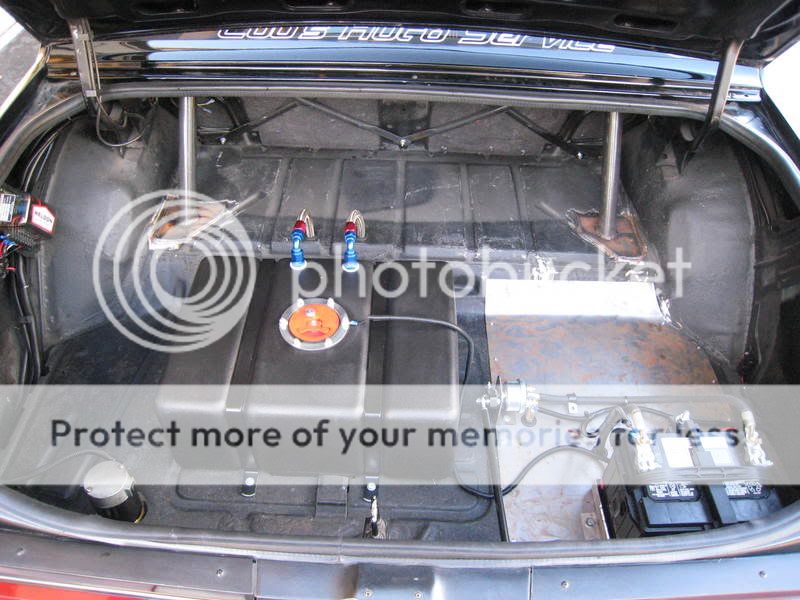These aluminum fuel rails came off of my full race ported Champion GN1 intake as delivered to me.
I can't get a grasp on how the Champion fuel rails supply the engine with more fuel when they are actually slightly smaller internally than the stock fuel rail? In the pictures below I have drawn a line identical in length to the max bore size of the aluminum rail and put the same red line on top of the stock rail. I can't find a piece of scrap stock fuel rail to actually measure the internal diameter. I'm guessing the thickness of the wall is about .050" thick. Even if I take .100" away from the total outside diameter of the stock fuel rail it's still slightly larger than the aluminum rails internal passage.
Also, look at the small crossover with the 90* bends and the MUCH smaller openings in the fittings? How can that help flow to the drivers side cylinders unless people feed BOTH sides of the aluminum rail...which would cure the leaness of that bank of cylinders.








